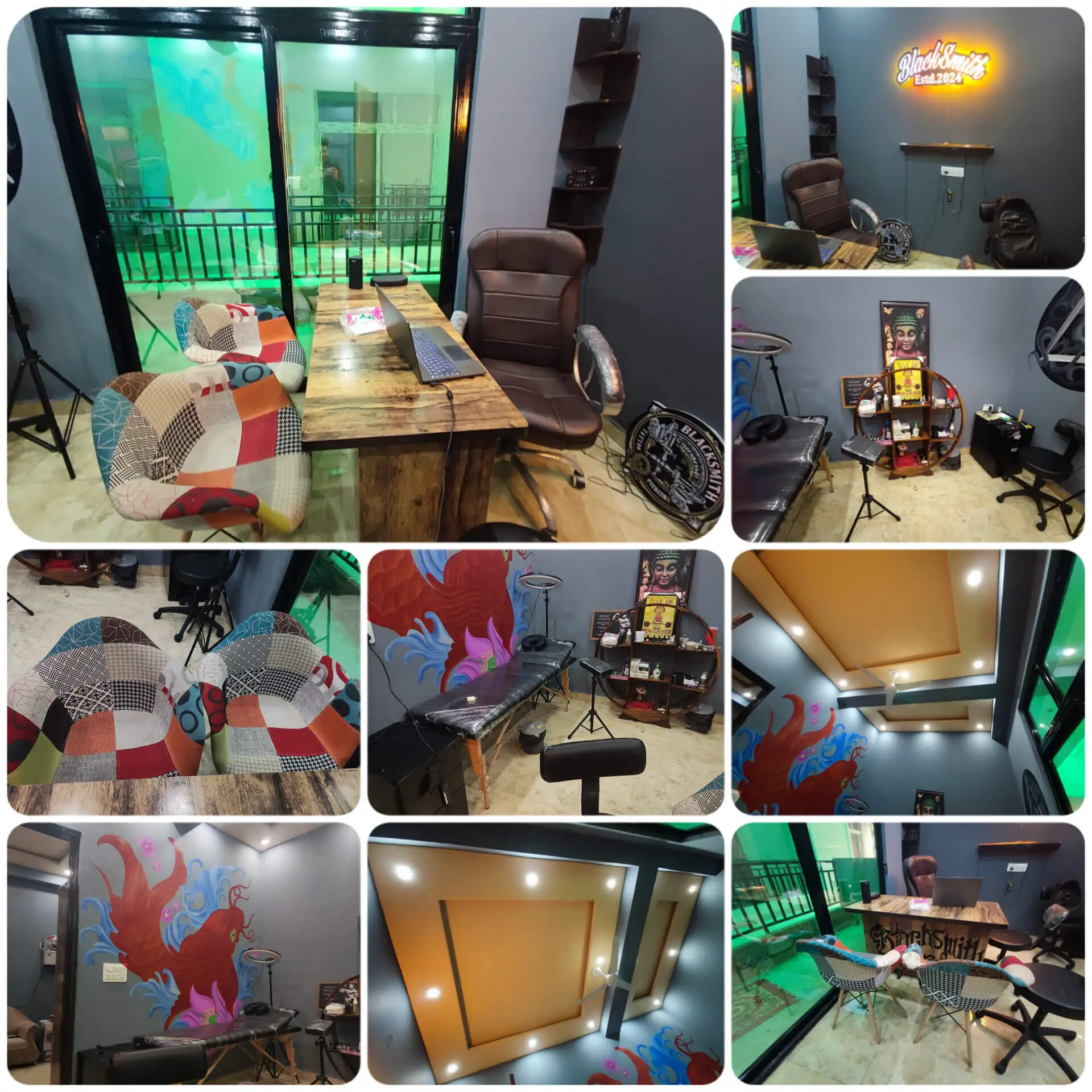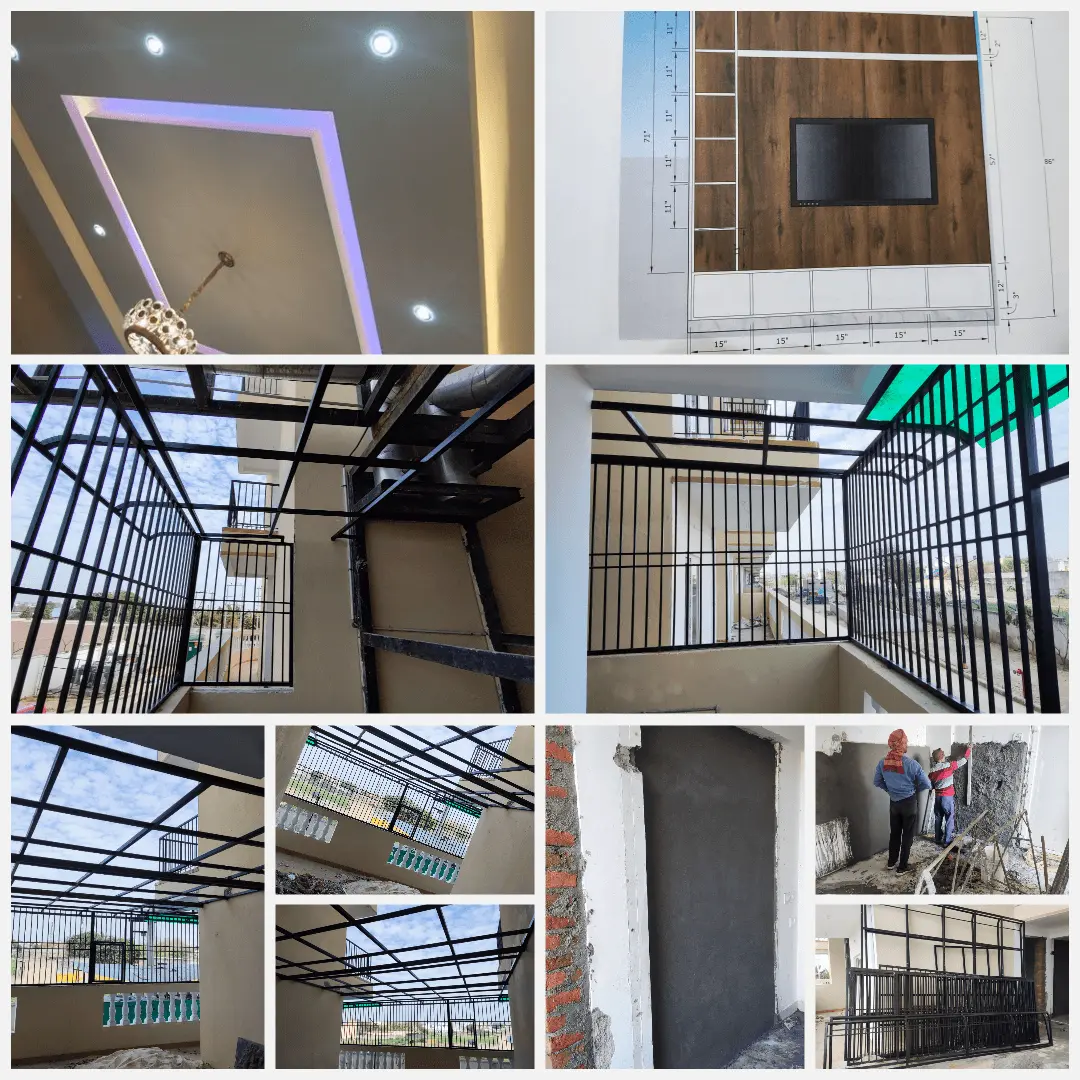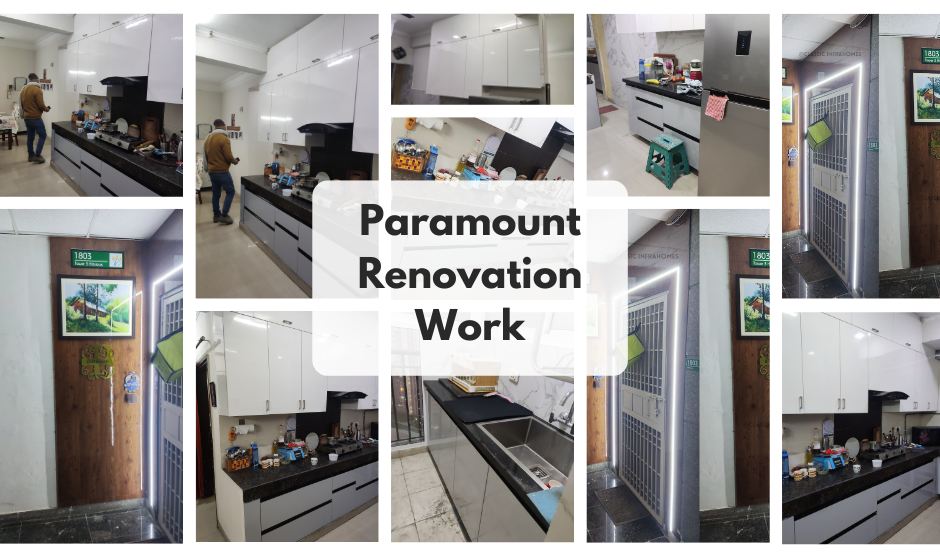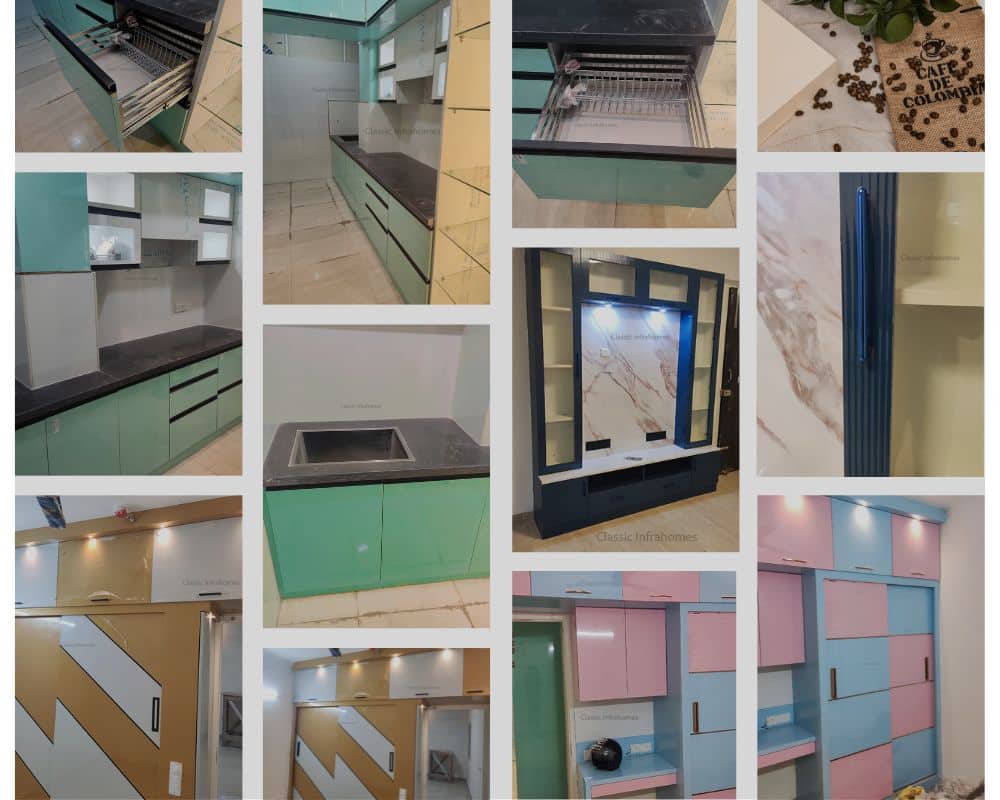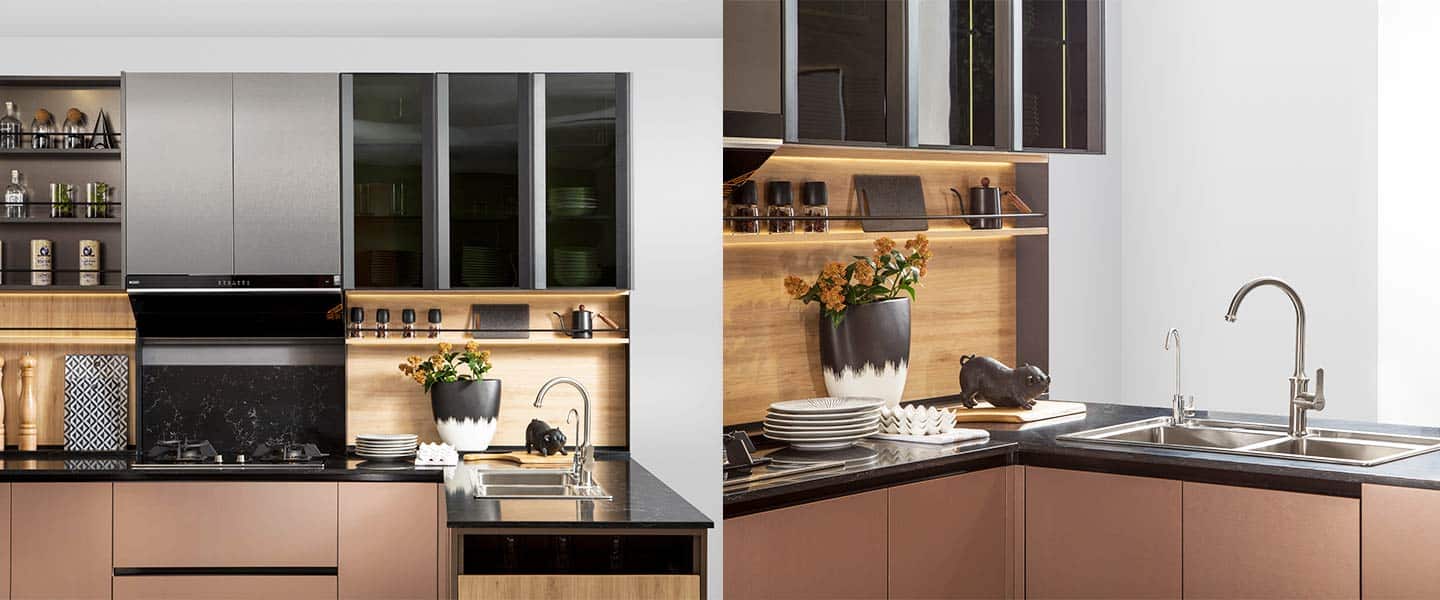Over the ages, designers have turned to Plaster of Paris (POP) to add an extra dimension to ceilings and walls. Here’s a guide to using this versatile medium in your home décor.
What is Plaster of Paris? To understand how POP works, know the science behind this all-purpose material! POP is a white powder obtained by heating solid gypsum until it loses its water of hydration. When water is again added to the powder in the ratio of 1:2, it forms a paste that hardens within an hour or so. Artists who work on POP tease it into different shapes when it is still wet.
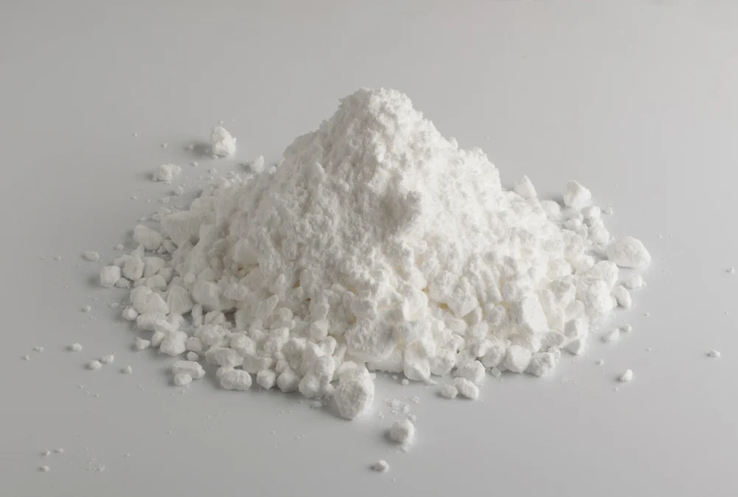
POP is often wont to advantage in false ceilings and in cornice work. It also can be fashioned into murals or sculptures for the walls. The POP mix is often easily molded into the specified shape using fiberglass or wooden molds. Once the POP has been set within the shape of the mold, it is often screwed onto the wall or ceiling. The holes can then be filled up using some more paste.
Using plaster of Paris on the walls
1. POP Punning
Apartment walls are often uneven. You might have been told that a layer of POP punning would help to even out the surface. Your painter will essentially apply a slurry of POP paste on the walls and smoothen it out using a trowel. Once it has dried, they will use fine sandpaper to get a near-perfect satin-smooth finish on the walls.
2. POP Textures
Creating textures is another innovative way of hiding imperfections within the walls. It is often done using POP paste and a few basic tools. When the POP remains wet, designs are often created employing a comb, a trowel, or maybe some bunched-up jute fiber. This textured surface is often painted in solid colors. Or can whitewash it for a country cottage effect.

3. POP Murals
A POP mural can be a stunning showstopper on a focus wall in your living room. It can also add some lovely visual relief above the headboard of your bed.

4. POP Niches
You can also experiment with creating POP niches. You’ll place artifacts or create a partition wall using POP. We love the way this designer has created L-shaped niches. These are backlit and play well with colors to make interest!

5. POP Cornice Work
POP cornices are often used at the junction between the wall and, therefore, the ceiling. These add an upscale and stylish look to space. The cornices are created employing a pre-set mold and are fixed using screws. POP is often easily moved to the precise length required. The sides are often trimmed and finished seamlessly by filling the gaps with POP slurry.

6. POP Pilasters
Pilasters are decorative elements. They add an upscale traditional look to classically themed décor. Like cornices, these designs are custom-created using special molds and assembled at the location. Once the POP has dried, the surface is often smoothed and finished by painting in any color.

7. POP Mouldings
Using two colors within the walls or ceiling, the demarcation between the colors is often defined using POP moldings. Patterns just like the below are often created by affixing POP panels on the surface. Or the designs are often worked into the surface employing a trowel and chisel.

8. POP in Pooja Rooms
POP cornices, moldings, pilasters, and decorative latticework are wont to embellish pooja mandapas. As POP are often shaped and molded easily, they are often easily adapted into any decorative design. This makes it the well-liked material for any quite artistic additions to the Pooja room.

Using POP on Ceilings
1. Hidden Lighting in Bedroom Ceilings
Soft, hidden lights within the false ceiling are an excellent thanks to creating a soothing atmosphere within the bedroom. This designer has played with different levels using POP shapes within the ceiling. He has used a mixture of small spotlights and hidden strip lights to make a soft glow.

2. Richly Patterned Ceilings
POP relief work adds slightly of artistry to an earthly ceiling, creating focal interest and drama. An identical pattern is often continued on the walls to make a coordinated theme.

3. POP Deep Tray Ceiling
A tray ceiling allows lighting at various levels. It transforms a plain ceiling into a dramatic one. You can consider painting it in different colors to highlight the levels and create an altogether striking effect.

4. Hide AC Vents and Lighting Wiring
POP ceilings are often used for functional also as aesthetic reasons. The space above the ceiling is often wont to mask service lines in the air conducting and electrical wires. They also provide thermal insulation and add A level of soundproofing to space.
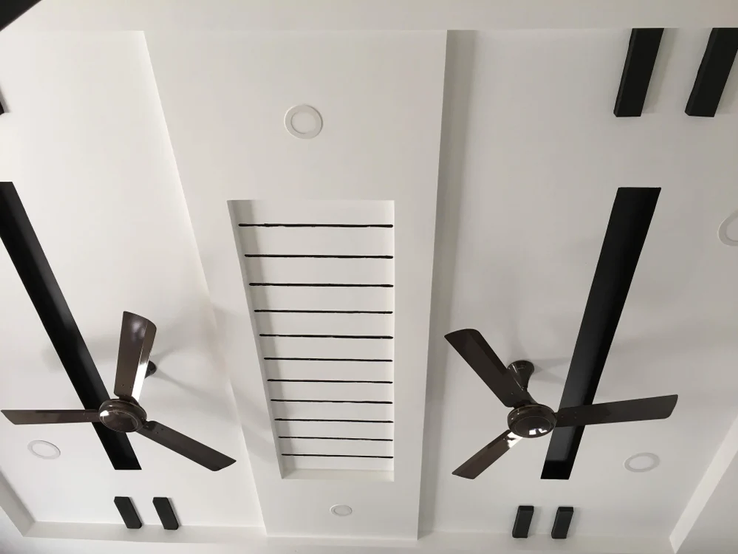
5. Plaster of Paris Coffer Ceilings
When working with ceilings, POP is often wont to accentuate shapes, provide cove lighting, or create various levels. This upscale front room décor is elevated by the coffered ceiling made from POP. It’s embellished with deep cornices and hidden lighting.

Your Plaster of Paris ceiling or wall design can be custom created to match your décor preferences, functional needs, and color palette. If you want to elevate the aesthetics of your décor, a POP design is a way to go! For more ideas and design suggestions, connect with the Classic Infrahomes team.
Frequently Asked Question
What is the main use of plaster of Paris?
It is commonly used to precast and hold parts of ornamental plasterwork placed on ceilings and cornices. It is also used in medicine to make plaster casts to immobilize broken bones. At the same time, they heal, though many modern orthopedic casts are made of fibreglass or thermoplastics.
Is plaster of Paris waterproof?
Plaster of Paris is an extremely porous material when dried. As such, it will absorb any new water that touches its surface. To waterproof plaster of Paris for outdoor use or for brief exposure to water that is a waterproof material, you must fill in as many surface pores as possible.
Can I use plaster of Paris to repair drywall?
Plaster of Paris is best for patching holes in plaster walls because its characteristics are more likely to match the wall material. It would be best if you seldom had plaster of Paris to patch drywall. It’s a coarse material unsuitable for wall repair unless you cover it with something else, such as a joint compound.
What is the difference between pop and gypsum?
POP is highly durable and can sustain for years without any wear or tear. Unlike gypsum boards, POP can be moulded in various designs and is flexible in applying on the corners. POP is also 25-40 percent cheaper than gypsum boards.
